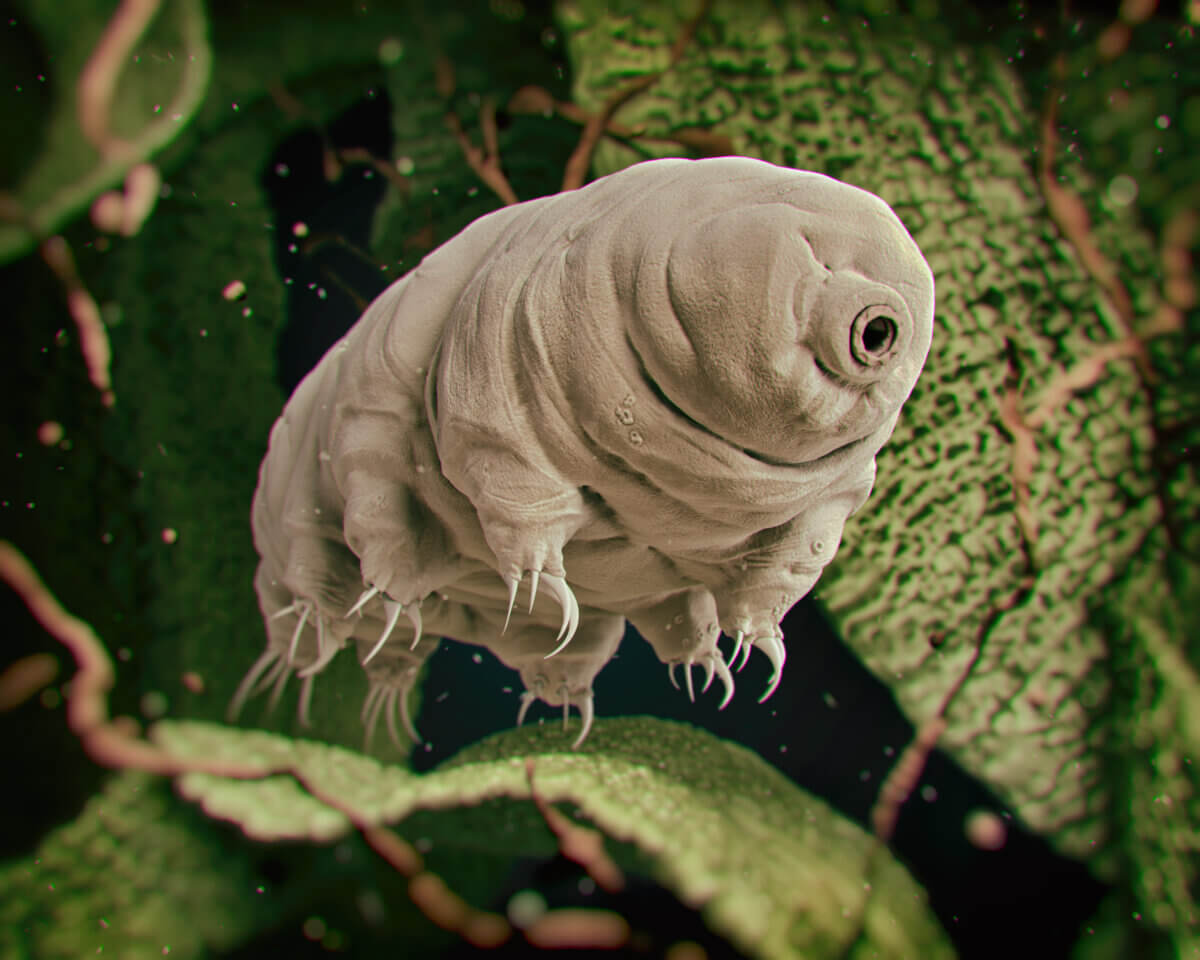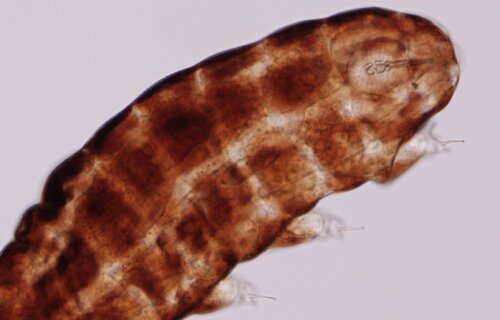COPENHAGEN, Denmark — The microscopic water bear, or tardigrade, has baffled scientists with its almost inconceivable ability to survive in the planet’s most extreme conditions — from Mount Everest’s towering heights to the profound depths of the ocean to the International Space Station. Now, University of Copenhagen researchers have unveiled another surprising discovery: a large variety of these remarkable micro-creatures inhabit Denmark.
Though they appear to be chubby, miniature teddy bears, tardigrades, measuring about half a millimeter, stand as some of the tiniest multicellular beings on Earth. These seemingly delicate creatures boast impressive resilience, being capable of enduring conditions such as freezing temperatures as low as minus-273 degrees Celcius in liquid helium, extreme radiation, complete desiccation, and even the void of space.
However, it’s not just extreme environments where you’d find tardigrades. These hardy micro-animals are living right under our noses — in soils, moss, and even rain gutters across Denmark. This conclusion arises from the first-ever study in the country that used environmental DNA (eDNA) — a method that detects DNA from organisms present in the environment like soil, water, and air. Through the analysis of this eDNA from soil samples taken across Denmark, researchers found out that the country is, quite literally, teeming with tardigrades.
“We don’t know how many species of tardigrade there are in Denmark in all, but we did find 96 unique tardigrade DNA sequences during our study – of which only 13 are known species,” says tardigrade expert Nadja Møbjerg, an associate professor at the University of Copenhagen’s Department of Biology, in a university release. “And there are probably more, so their diversity is apparently huge.”

The last exploration into the variety of tardigrade species in Denmark dates back to 1972. In comparison, modern technology, particularly in the realm of DNA methods, has granted today’s scientists a broader understanding.
By examining DNA sequences from 130 distinct soil samples across Denmark, the research team established that almost every sample had evidence of tardigrades. Specifically, regions like the Danish island Lolland, and wet areas such as Skelsnæs, Fuglse Mose, and Musse Mose, seem to be hotspots.
These micro-animals, related to insects and crustaceans, have a special trick up their sleeve. They can enter a state called cryptobiosis, where they essentially halt their metabolism. This fascinating ability allows them to survive extreme conditions by pausing their life processes. It’s so effective that some tardigrades have been observed to revive and reproduce after a staggering 30 years in this state. Another experiment reported tardigrades moving after 120 years, although they couldn’t reproduce.
“When there is water, they are active, reproduce and feed,” explains Møbjerg. “But as soon as the water evaporates, they stop living, shut down their metabolic processes and allow themselves to desiccate. And then they lie there, waiting for the water to return.”
The potential applications of these discoveries could be revolutionary. If scientists can uncover and harness the tardigrade’s unique survival mechanisms, breakthroughs in biomedicine and space exploration might be on the horizon.
“Near sci-fi-like perspectives are imaginable if we could transfer some of the tardigrade’s abilities to other organisms,” Møbjerg concludes. “This is why intense research is being conducted into how cryptobiosis works right down to the molecular level.”
The study is published in the Zoological Journal of the Linnean Society.


How do you know that for a fact where is the research n results anyone can say anything n put out false claims so where’s ur proof